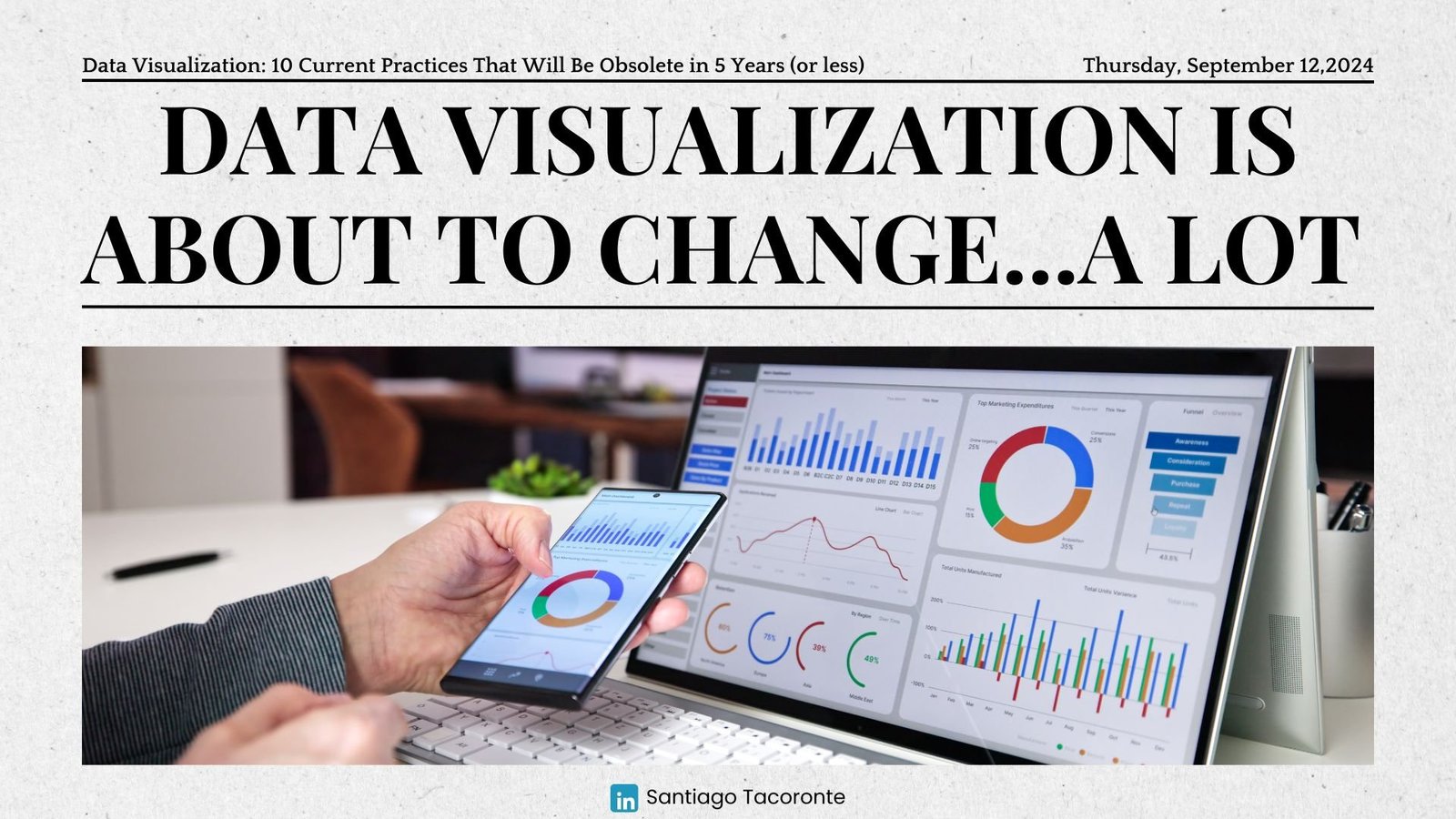Disclaimer: The list is extracted from the best seller from Rolf Dobelli’s “The Art of Thinking Clearly.”
The list is split into four parts for better readability.
PART 4 | 76 to 100
76. False-consensus effect: We overestimate others’ unity, assuming others think and feel the same way we do.
77. Falsification of history: Our memories are full of inaccuracies.
78. In-group out-group bias: Minor criteria are used to construct groups. People outside your group appear to be more similar to you than they are.
79. Ambiguity aversion: We prefer known probability over unknown probabilities.
80. Default effect: We’d rather keep things as they are.
81. Fear of regret: When we fail to act, to avoid the risk of feeling guilt.
82. Salience effect: Outstanding characteristics significantly impact how we think and act. We overlook factors that take a long time to manifest.
83. House-money effect: We handle money that we win, discover, or inherit with far lesser care than the money we have worked hard for.
84. Procrastination: the propensity to put off unpleasant but vital tasks.
85. Envy: when we compare ourselves to others based on possessions, status, health, youth, talent, popularity, or beauty
86. Personification: When the human side is visible, we empathize with others.
87. The illusion of attention: Despite only seeing what we are concentrating on, we are confident that we notice everything in front of us.
88. Strategic misrepresentation: Your arguments grow more inflated as the stakes become higher.
89. Overthinking: You will lose the wisdom of your emotional response if you overthink.
90. Planning fallacy: We overestimate project benefits while underestimating project risks, expenses, and length.
91. Déformation Professionnelle: Experts would usually address problems by applying their knowledge, which isn’t always a superb option.
92. Zeigarnik effect: We forget about unfinished jobs unless we have a plan in place to deal with them.
93. The illusion of skill: Luck is more important than competence in many fields, such as entrepreneurship and leadership. Talent is essential, but it isn’t enough.
94. Feature-positive effect: We place a higher value on what is present rather than what is missing.
95. Cherry-picking: Choosing and highlighting the most appealing characteristics while concealing the rest.
96. The single cause fallacy is the idea that an event or occurrence was created by a single factor.
97. Intention-to-treat error: the assumption that a single element caused an event or occurrence.
98. News illusion: We believe news is essential when it is not, and it is tailored expressly to draw us.
99. Herd Mentality: Herd mentality occurs when investors blindly mimic and follow the actions of other well-known investors. They are affected by emotion rather than independent analysis when they do this.
100. The Narrative Fallacy: We appreciate stories and find them simpler to understand and relate to; therefore, we fall prey to the narrative fallacy. It means we’re more likely to choose less desired results if the story behind them is more compelling. The framing bias is comparable to this cognitive bias.
Links to the other sections of the Cognitive Biases list




